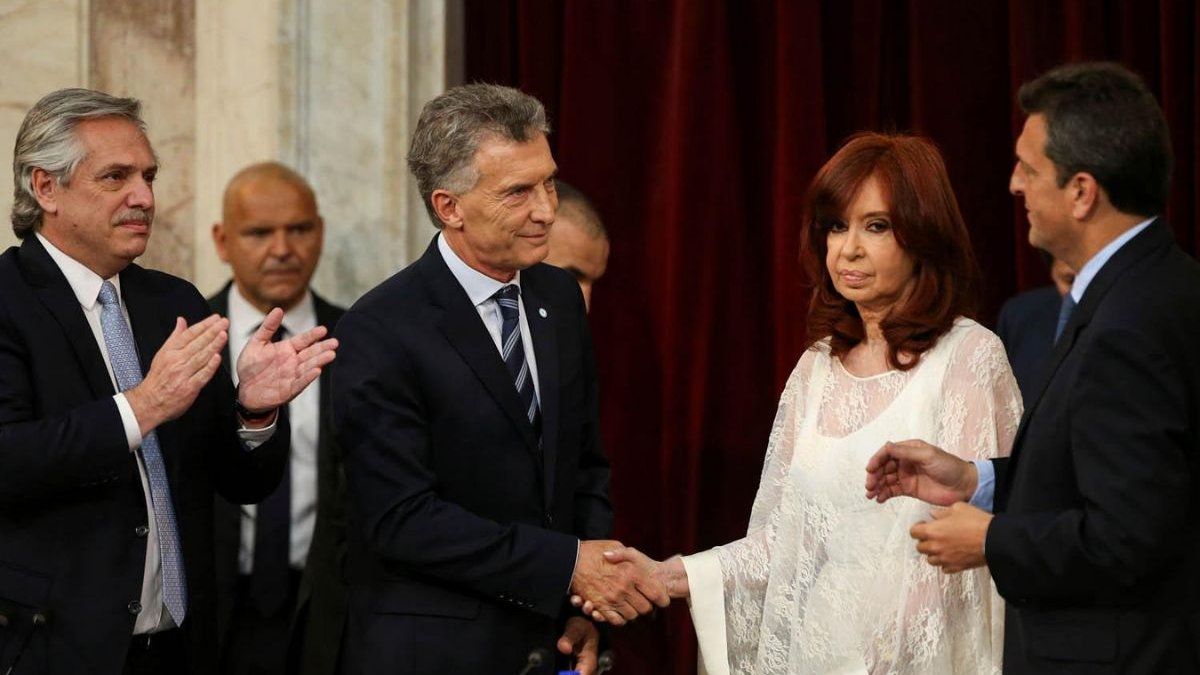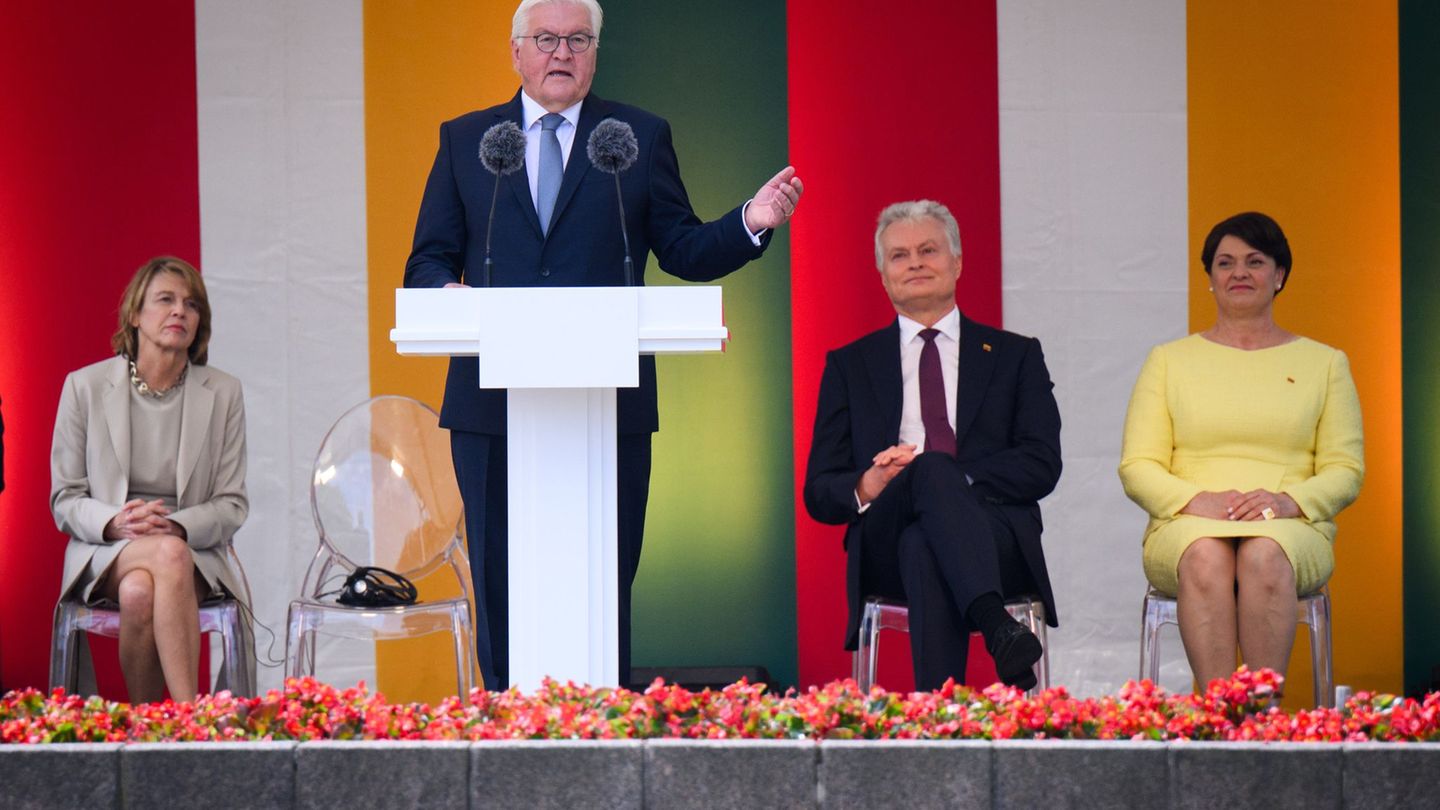The exchange market was decompressed, stopping the spiraling of inflation and the ghost of default 2019 partially dissipated. The IMF II agreement did not allow a decrease in country risk, which then exceeded 700 basis points, due to the doubts raised by the public sector financing. A lot of maturity accumulated and they had borrowed, every possible dollar.
The dollar fell from $41 at the end of September to $37. The interest rate of the Leliq dropped from 74% to 60% and the certificates of fixed-term deposits grew $171.860 million, which the banks turned to Leliq, in the disarmament of the Lebacs. A new bicycle, in this case, exclusively for banks. They were exchanging parrot for owl. But the strong monetary tightening, to lower inflation, was deepening the recession. In September 2018, the economy contracted (-5.8%) year-on-year, the industrial sector fell (-11.5%) and (-6.8%) in October, while the rest of the indicators showed that October and November were bad for activity and consumption, in a context of a sharp drop in credit and a drop in real wages (-13%) with job losses.
The economy expelled 52,000 workers between April and September 2018. A massacre.
Collaborationist economists said that real wages would stop falling between December and February with the reopening of parities and the slowdown in inflation to 2.5% per month in the first quarter of 2019. False, as always.
Besides, they estimated inflation falling to 25% in 2019 (which ended at 54%). High interest rates, the drop in credit, and the recession cruelty. They went so far as to say that the very context of low inflation (annualized for the last 3 months reached 85.2% in October and for January it would drop to 36.5%).
It was a program designed to attend to the emergency, it was going through a very narrow path, with a government that could make it difficult to carry out the friendly scenarios of the macroecologists, optimistic to the point of nonsense. The risk that exchange rate tranquility could not be sustained, would force the IMF to give away the surplus US$10,000 million, added to the challenge faced by the monetary program to lower inflation in a context of inflationary inertia, salary updates, and tariff adjustments. .
The danger that another new appreciation of the peso and an excessively positive real interest rate of 18% per year would jeopardize the cyclical recovery was high. The insecurity of meeting the “zero deficit” goal, or that the Treasury fails to renew its short-term debt would imply making more intensive use of IMF disbursements.
In the government they began to use the “Peronist risk” to worry, when polls appeared showing a high probability that he would return. They stirred up fears and distributed blame, saying that if the risk of the country increased, the exchange market would become more complicated, the renewal of the debt in the local market and the rate of recovery of the economy would explode.
From the creators of “the heavy inheritance”, now came “the heavy return”. They never took responsibility for the misfortunes they generated. And in that, marketing and the hegemonic media had a ten. “Lie, lie and something will remain.”
Even if October 2019 were to reach without impetuous shocks, with a slowdown in the inflation rate and zero economic recoveries, the economy would not be a positive factor, as Marcos Peña dreamed. The next few months would be crucial for Macri’s electoral future. Without a doubt, the extraordinary country that was sold with the G20, concealed extraordinary macroeconomic instability, industrial decline, a fall in real wages and an increase in poverty. With the painful crisis and the adjustment, it was false or illusory to suggest the need for a reform agenda. At the end of Mauricio Macri’s term, Sturzenegger would break the news that GDP per capita was 11% lower than when the Cambiemos calamity hit.
The data indicated a deepening of the recession, a drop in credit, the high interest rate was hitting consumption and investment. Consumption is being greatly affected by the sharp drop in real wages, in a context of deteriorating consumer confidence. The consumption of durable goods exhibited the greatest drop. Investment was collapsing due to deteriorating expectations, falling business profits and unfavorable financial conditions.
Inflation dropped somewhat due to the policy of freezing the monetary base, the very high interest rates and the collapse of credit. Inflation in November had been (2.7%) after the inflationary peaks in September (6.5%) and October (5.4%).
In October, the excess private demand for dollars over supply evaporated, and the BCRA did not sell foreign currency on the exchange market. Between March and September, the excess demand for dollars averaged US$3.6 billion per month, the BCRA and the Treasury sold reserves for US$25.5 billion and the exchange rate rose from US$20 to US$40.. They gave away US$25.5 billion. in octoberand, this surplus evaporated due to the harsh monetary policy, the recession and a real exchange rate, almost 60% higher than that of mid-2017. The demand for dollars for imports, tourism and hoarding fell sharply. The cash exchange balance, which not only includes operations in dollars by the private sector, but also those by the public sector, showed that there was still a lack of genuine dollars, despite the strong adjustment in external accounts.
Between September and October, the current account deficit was reduced by US$268 million (nothing itself) due to the reversal of the trade balance and the lower deficit in tourism. Foreign asset formation also fell. But it was not enough to offset the sharp deterioration in the capital account (-US$560 million) because we had fallen out of the world in january 2018. Without the IMF disbursement of US$5,670 million, Argentina would have had to waste US$4,000 million more of its reserves to finance the external imbalance in September and October, despite the strong adjustment. The adjustment made was never enough, it was always insufficient for Argentina to be able to leave without assistance from the IMF.
A reduction in the primary deficit was observed, pointing to an overcompliance with the agreed annual goal for 2018. In the first 10 months of the year, the primary deficit amounted to $170,000 million, presenting a year-on-year drop of 33% and contracting almost 50 % in real terms. This decline in the primary deficit was achieved from income that showed an increase greater than primary spending. However, the good performance of tax revenue It was not due to the good collection performance, but rather to the strong increase in property income due to interest income obtained from the Treasury’s time deposits at Banco Nación.
On the spending side, a drop of (-6.6%) year-on-year in real terms was recorded in January-October. The items of expenditure that registered the greatest setbacks were: public works, transfers to provinces, the deficit of public companies and state salaries. With these data, the IMF target primary deficit accumulated $359 billion in the last twelve months, being below the annual target agreed with the IMF.
This gave the government room to increase public salaries and end the year with “pure electoral demagogy”, which would include advance salaries and Christmas bonuses for state employees and retirees plus some extra in social plans. “Let’s eat and drink, because tomorrow we will die” (Saint Paul)
Executive Director of Fundación Esperanza, Graduate Professor UBA and Masters in private universities. Master in International Economic Policy, Doctor in Political Science, author of 6 books.
Source: Ambito
David William is a talented author who has made a name for himself in the world of writing. He is a professional author who writes on a wide range of topics, from general interest to opinion news. David is currently working as a writer at 24 hours worlds where he brings his unique perspective and in-depth research to his articles, making them both informative and engaging.




